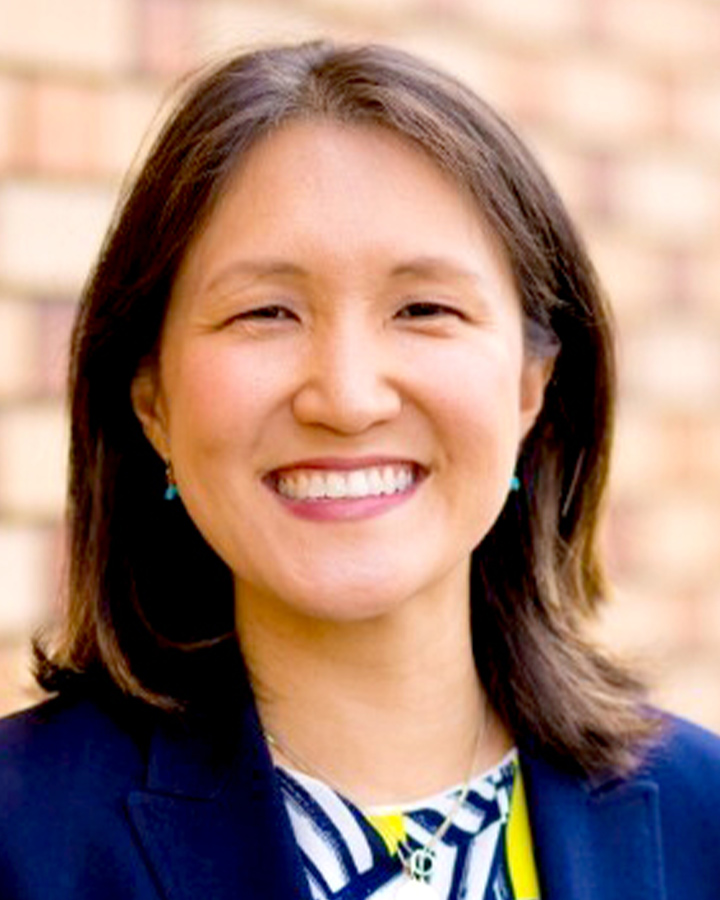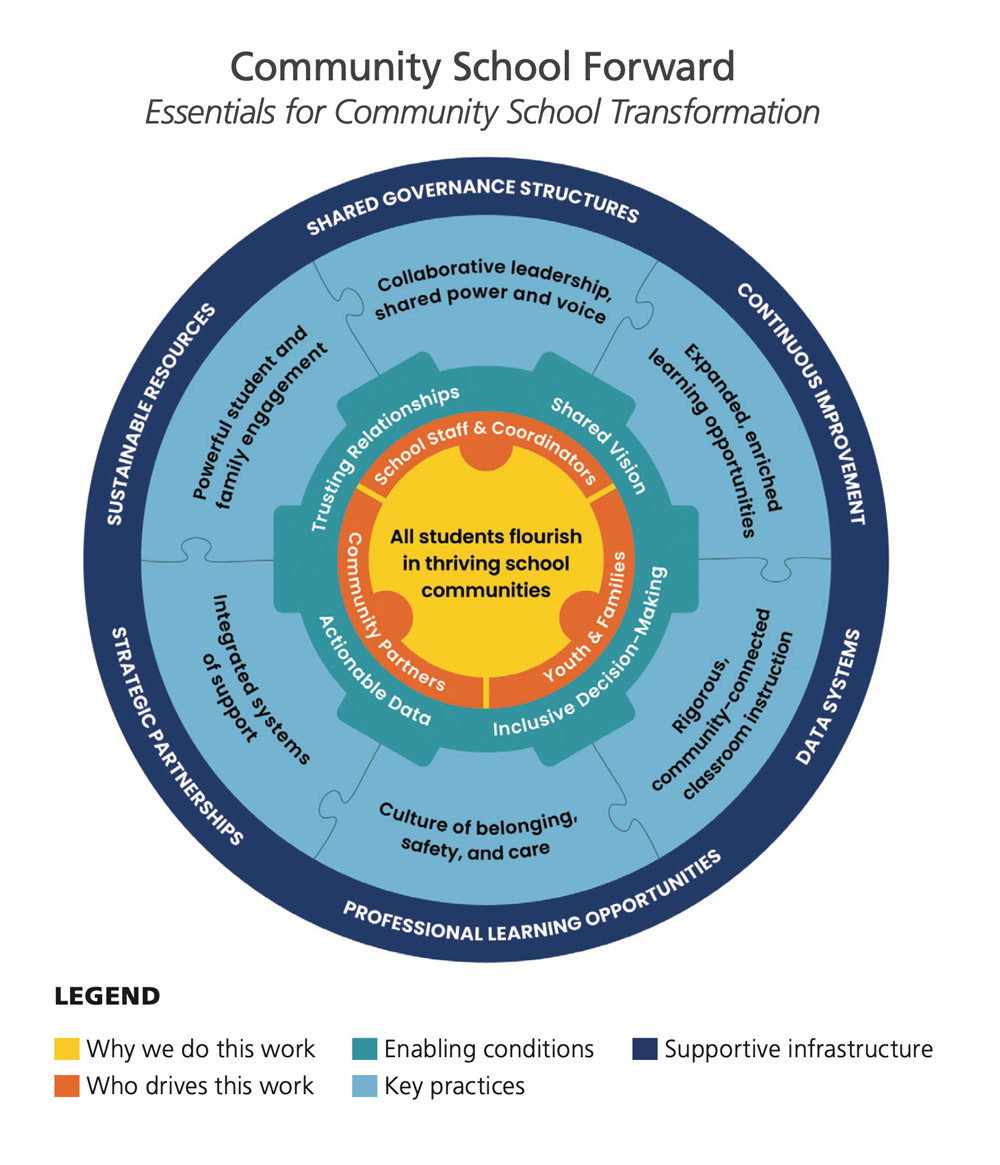

csba at issue

As communities have attempted to navigate an ever-evolving “new normal” in the wake of the COVID-19 pandemic, school leaders across California continue to wrestle with a series of major challenges. Even before school buildings closed in March 2020, there were persistent disparities in students’ experiences and outcomes.
The pandemic, along with heightened attention to racial injustices, helped to shine a spotlight on how fragmented systems and structures within schools hinder our ability to equitably provide whole-child growth and learning.
Recognizing the urgency of these challenges, state leaders have allocated billions of dollars to various “whole child” strategies, including funding to expand universal transitional kindergarten, expanded learning, dual enrollment and community schools. Since the passage of the California Community Schools Partnership Act in 2021, state legislators have allocated a total of $4.1 billion to the California Community Schools Partnership Program (CCSPP). This groundbreaking infusion of resources has been billed as an opportunity for districts and their communities to collaboratively design and implement community schools strategies.
While the CCSPP offers an unprecedented opportunity for districts, schools and county offices of education to invest in community schools development, it’s important to note that a community school grant is not necessary to become one. In fact, there are urban, suburban and rural districts throughout California who have been doing at least some aspects of community schools work (with or without a grant) for decades. Building on this foundation, we encourage educational leaders to meet this historic moment in California by aligning and strengthening student-centered systems and structures through community schools.
But first, some background on community schools.
Given this history, it’s not surprising that educational leaders hoping to address pandemic-exacerbated challenges might see community schools as a promising solution to alleviate learning loss. However, insights from decades of community school implementation efforts underscore the obvious — there are no silver bullets to complex challenges, and a grant program is not a sustainable strategy. Without attending to the necessary organizational changes, well-meaning programs and interventions can function as programmatic silos, unlikely to bring about systemwide transformation.
Each of the components of this framework, what we affectionately refer to as “The Wheel,” work in tandem to support the heart of the community schools strategy: ensuring all students are prepared to thrive in school, and ultimately, in their future lives.
Many newcomers to community schools prematurely zero in on the light blue portion of the presented graphic, programmatic pieces, or pillars, as they are referred to in the California framework. However, those puzzle pieces alone do not ensure strategic alignment — in many local educational agencies, those programs already exist as disconnected and siloed efforts. Instead, we encourage community school leaders to pay close attention to the outermost, dark blue ring of The Wheel. This ring outlines six components of supportive community schools systems: (1) shared governance structures, (2) continuous improvement, (3) data systems, (4) professional learning opportunities, (5) strategic partnerships and (6) sustainable resources. These intentional, integrated, district-level components are key to providing schools with the necessary structures and resources (e.g., time, coordinated partnerships and dedicated staffing) to do their work of developing and sustaining high-quality, nurturing and equitable learning environments.
Inclusive decision making and shared power and voice are more than just buzzwords in community schools. They are key conditions and practices that guide how these schools operate. Rather than schools making decisions for students and communicating at families, the community schools strategy offers an opportunity for meaningful partnership between educators, families, students and community partners to collectively determine a shared vision for their school communities.
Whether through School Site Councils or English Learner Advisory Committees, we know that schools and districts across California are already working to elevate student and family voice in educational decision making. A community schools strategy isn’t about throwing all of that away and starting from scratch. Instead, this strategy allows school communities to build on the good work that is already being done through encouraging a more seamless alignment of systems and resources.
This takes time, resources and dedication. In short, community schools do not happen overnight.
While the California Community Schools Partnership Program offers the chance to deeply invest in building and expanding the community schools strategy, the work of community schools is bigger than any one grant or program. This work continues to be about engaging and empowering students and families, building trusting relationships across communities, and developing sustainable structures and systems to support all students moving forward. Educational leaders should use this opportunity as a way to build and strengthen coherent systems of trusting relationships and sustainable supports in service of advancing equitable learning conditions and opportunities for all children to thrive.
Hayin Kimner is the managing director of the CSLX and a senior policy and research fellow for Policy Analysis for California Education.